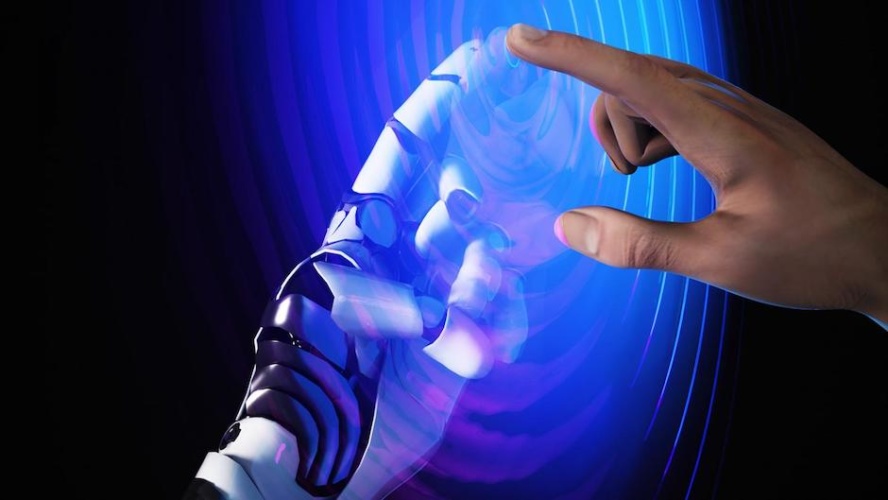
It can be difficult for engineers to account for the friction that occurs when robots grip objects, particularly in wet environments.
This is due to elastohydrodynamic lubrication (EHL), the friction that occurs when two solid surfaces come into contact with a thin layer of fluid between them. In humans, this friction occurs when fingertips are rubbed together, the fluid being the thin layer of naturally occurring oil on the skin.
Soft robotic gripper is inspired by twining plants
Mushroom-design fastener could aid soft robotics
This could also apply to a robotic claw lifting an object that has been coated with oil, or to a surgical device being used inside the human body.
“Our work here opens the door to creating more reliable and functional haptic and robotic devices in applications such as telesurgery and manufacturing,” said Lilian Hsiao, assistant professor of chemical and bimolecular engineering at NCSU and co-author of a research paper published in Nature Materials.
Hsiao explained that while understanding friction is intuitive for humans, it can be difficult to account for EHL friction when developing materials that control grasping capabilities in robots.
To overcome this, engineers need a framework that can be applied uniformly to a range of patterns, materials and dynamic operating conditions, the researchers said. According to Hsiao, the team's law enables this and can be used to account for EHL friction across various soft systems as long as the surfaces of the objects are patterned.
Surface patterns could include slightly raised surfaces on the tips of human fingers or grooves in the surface of a robotic tool.
The new principle, developed by Hsiao and graduate student Yunhu Peng, uses four equations to account for all of the physical forces at play in understanding EHL friction. The team demonstrated the law in human fingers, a bio-inspired robotic fingertip and a tool called a tribo-rheometer, which is used to measure frictional forces.
“These results are very useful in robotic hands that have more nuanced controls for reliably handling manufacturing processes,” Hsiao said in a statement. “And it has obvious applications in the real of telesurgery, in which surgeons remotely control robotic devices to perform surgical procedures. We view this as a fundamental advancement for understanding touch and for controlling touch in synthetic systems.”




Red Bull makes hydrogen fuel cell play with AVL
Formula 1 is an anachronistic anomaly where its only cutting edge is in engine development. The rules prohibit any real innovation and there would be...